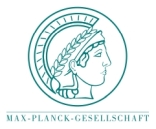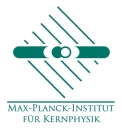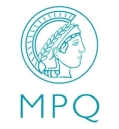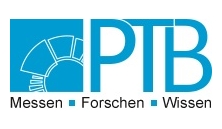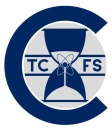Max Planck-RIKEN-PTB Center for
Time, Constants and Fundamental SymmetriesTransportable optical clocks
Involved senior scientists and institutions in alphabetical order:
G. Grosche ![]() ,
H. Katori,
C. Lisdat
,
H. Katori,
C. Lisdat ![]() ,
T. Mehlstäubler,
E. Peik,
P. Schmidt,
H. Schnatz
,
T. Mehlstäubler,
E. Peik,
P. Schmidt,
H. Schnatz ![]() ,
U. Sterr
,
U. Sterr ![]() ,
T. Udem –
MPQ,
PTB,
RIKEN
,
T. Udem –
MPQ,
PTB,
RIKEN
Optical clocks are the most accurate measurement device reaching 18 significant digits today, which is nearly two orders of magnitude better than that of the state-of-the-art Cs clocks and thus the realization of the SI second. Consequently, a redefinition of the SI second is under discussion. Currently, the accuracy of clocks at this level is established by estimating the magnitude and uncertainty of all known frequency shifting effects. To verify these estimated error budgets and to facilitate a redefinition of the second within the next 10 years, comparisons of several types of clocks at a fractional frequency level of 10-18 are required. Long-distance frequency comparisons at this level require dedicated length-stabilized optical fiber links, such as the one available between PTB and MPQ. Where such resource-intensive links are not available, transportable clocks with high accuracy and high stability offer a solution. They provide frequency dissemination at 10-18 uncertainty over the world by bringing together two distant clocks, such as in Japan and Germany. We assume a refrigerator-sized container to accommodate the clock and its controllers. For this, several challenges must be addressed. Fast frequency ratio measurements require a transportable clock laser with small instability. Lasers, optical setups and the interface to the atoms need to be robust to survive transport and reliable during operation. We will address these issues by developing
- vibration insensitive, transportable clock cavities with single-crystal optical coatings for low thermal noise-limited flicker noise floor
- micro-integrated laser sources and drive electronics
- fiber-coupled and micro-integrated laser light distribution breadboards for switching and frequency tuning of laser beams
- experimental control software for unattended clock operation including recovery strategies.
We will employ these transportable clocks to perform frequency ratio measurements between different clocks to verify their estimated accuracy and establish upper bounds on variations of fundamental constants. Furthermore, we will establish the field of relativistic geodesy by turning frequency ratio measurements between calibrated clocks connected by a long-distance length-stabilized optical fiber link into height measurements between distant sites.
